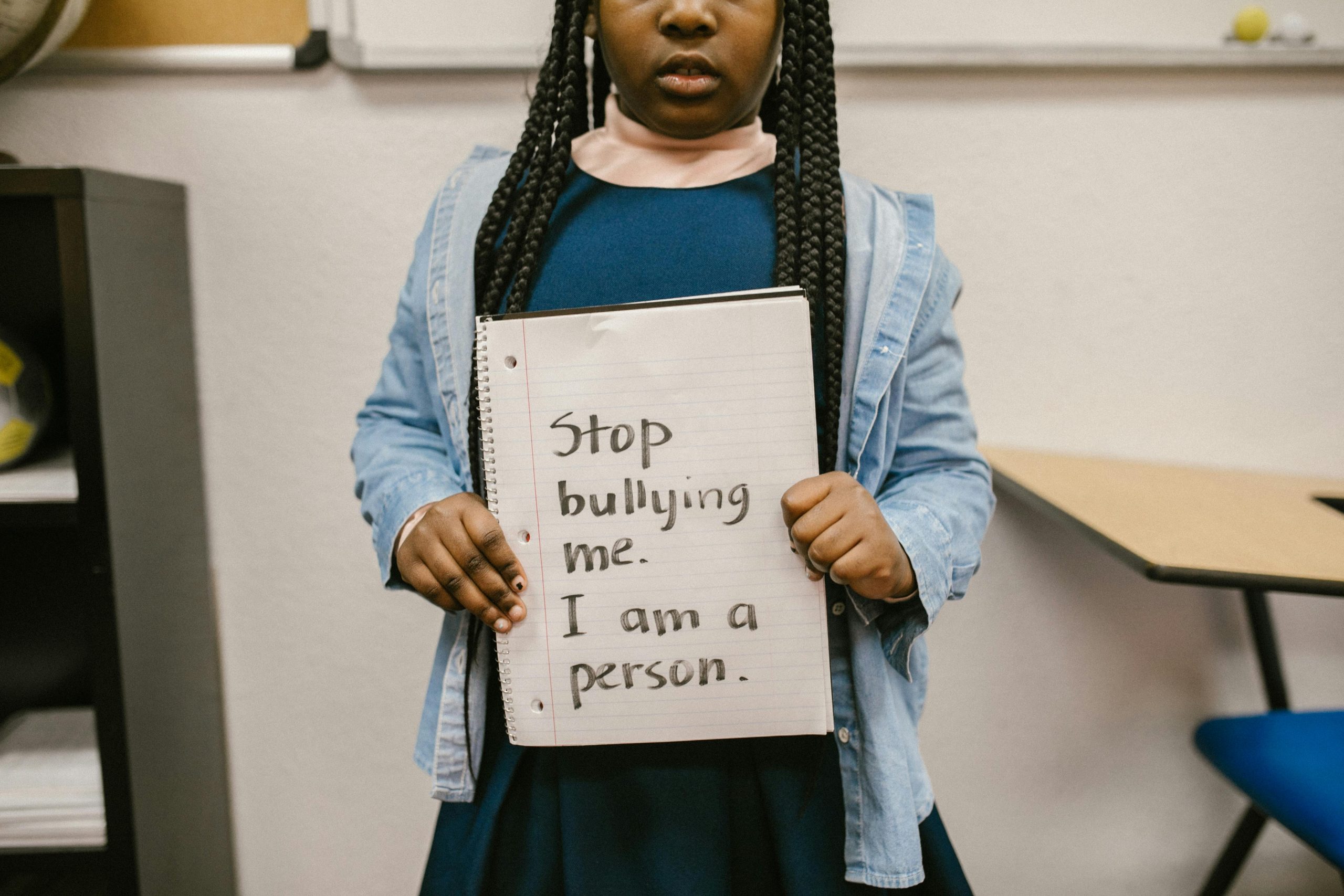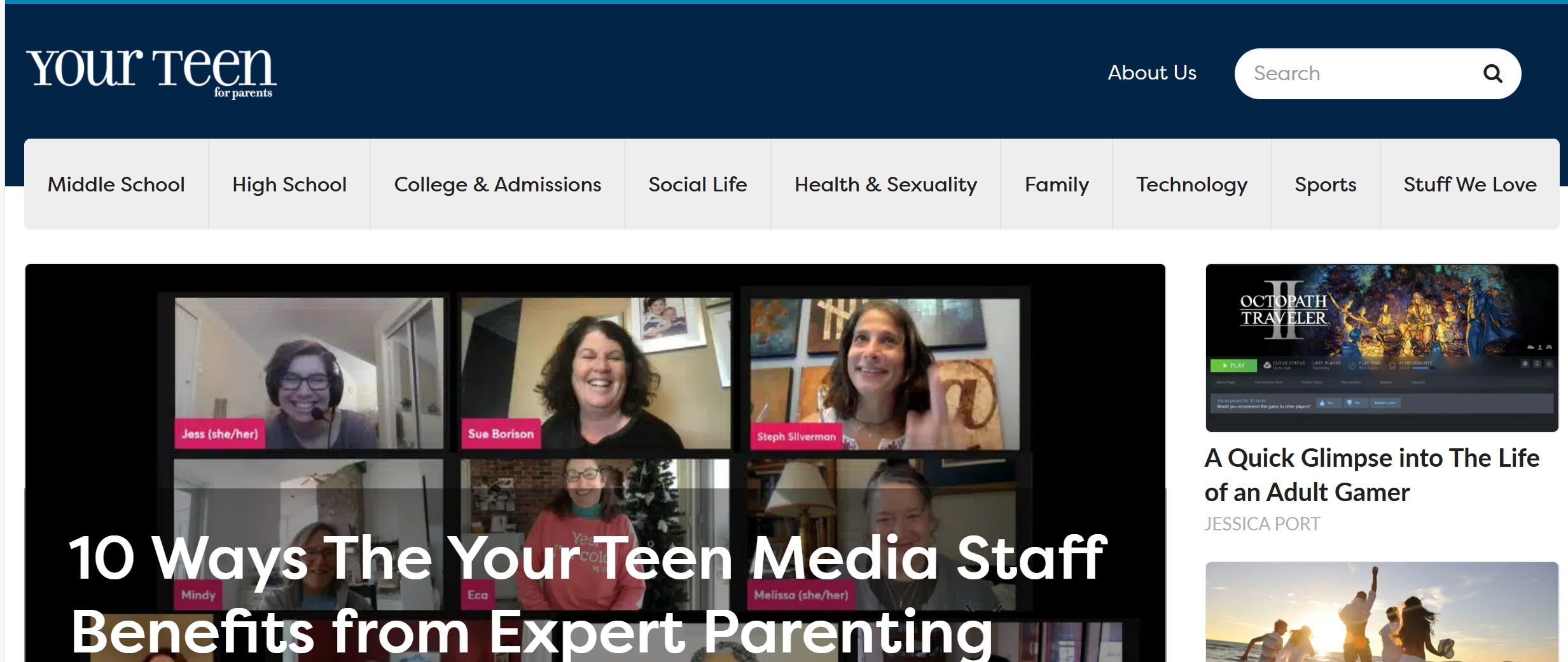Teenagers have a lot going on in their lives, whether it is school, body image, college applications, or just daily pressure being forced on them by parents. However, knowing how pressure works and how to perceive it positively is important during puberty.
After talking to Dr. Chunhui Yang, a psychiatrist at Oasis International Hospital, I found out that teen pressure is highly based on the performance and affirmation that others around a teen possess, and they often feel pressured to do the same. However, they feel pressured to do the same sometimes not because they admire that, but more often because they want to belong to a group to not feel awkward or left out. “When teens don’t know what to do in social situations, they naturally look to others for cues about what is acceptable and what is not,” Dr. Yang stated.

One important change that happens during puberty is a teenager’s perception of body image. Self-image affects aspects such as self-awareness, self-worth, and self-esteem. However, nowadays, it is harder than ever for a teen to develop a positive body image mindset.
Dr. Yang explains: “There are many factors that influence body image. These include family environment, peer pressure, cultural background, fashion trends, and media. In this generation, the role of social media is undeniable. Posting photos and making comparisons on social media can be problematic and can easily create an unhealthy sense of inadequacy. Most of us know that social media is not a true reflection of what people look like or how they live, but this can be hard for teens to accept.”
We know that social media plays a vital role in a teen’s mind when it comes to pressure, but pressure does not come only in the form of social media pressure, and peer pressure in adolescence is harder to resist than in other stages of one’s life. Dr. Yang states that the brain’s reward center gets excited when it comes to peers and recognition, and that reinforces the desire for more and deeper peer interactions. This explains why teens often seek compliments and recognition from their friends and peers and follow what their friends do to receive praise. As Dr. Yang communicates: “The most impressionable teens will first follow others. Then others will follow – so that it’s easy to think, ‘This must be okay. Everyone else is doing it. They must know what they’re doing.’ Without realizing it, many teens go along with the crowd – perhaps doing things they wouldn’t otherwise do.”
With the origins of pressure cleared up, how do we cope with or avoid it?
A positive mindset and self-talk are important. However, once a teenager develops the mindset of “following their peers is beneficial and is right,” it takes a lot more effort and consistency in terms of actions to take to allow them to develop a positive and healthy mindset. It takes a lot more than just the teenager themselves to change – parents, teachers, and everyone surrounding the teenager are necessary to educate and convince them about the importance of having a positive body image in the long term and how society’s expectations on how a certain gender’s external appearance is oftentimes unrealistic and unhealthy.

Like many other middle schoolers, Kathleen Naymon, a possibly fictional character in an article called “Struggling To Fit In: Social Dynamics in Middle School and High School” and written by Your Teen Magazine, endured bullying and teasing at school. Although she may be fictional, her story is one that many middle schoolers can relate to now, and which adults remember from their past. There were just 50 pupils in each grade at the tiny middle school she attended. So, perhaps too well, everyone knew one another. Creating and utilizing code names was the most popular bullying strategy. It made spreading rumors about people more convenient.
Pro Tip: Your Teen offers many helpful articles for teens and parents alike to help families better understand each other and connect. Check them out if you’re looking for guidance on how to better connect and help your teenager navigate this stage of life.
For instance, the “popular girls” nicknamed Kathleen’s close friend “The Nose” because she was thought to be clingy and inquisitive. She would hear the name used around her, so she figured it out on her own. Although Kathleen is aware that she herself was never assigned a code name, she was frequently made fun of by this core group of girls for being a “goody-goody” and showing concern for her education.
Middle school was terrible sometimes. Fortunately, code names and other forms of bullying seemed to vanish when she got to high school. She felt that attending an all-girls high school reduced bullying. The most popular and attractive people didn’t matter to anyone. The focus of high school seemed to be learning, and there was less disagreement. As she grew older, she often thought about her middle school years and why the taunting upset her so much. There was a lot of pressure to fit in because the class was small. She claimed that at the age of 13 she also gave far too much thought to what other people thought of her. Teens should be taught that following their peers’ lead is a bad habit because it is a result of the pressure and issues they encounter during puberty and adolescence, which call for action from all facets of their lives.
Images: Oasis International Hospital, Your Teen, Pexels





